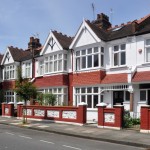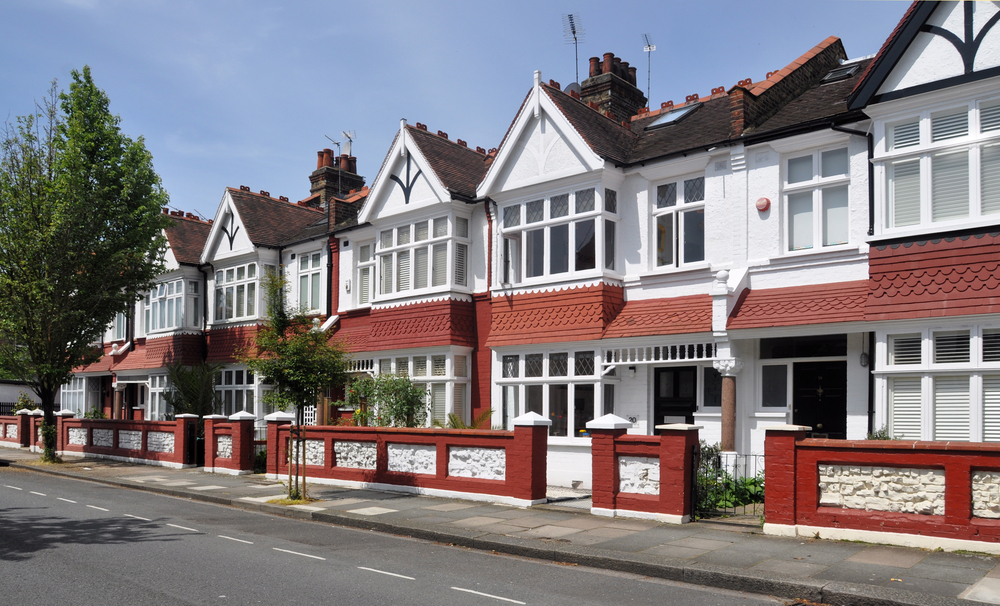Prices on the property market continued to cool in March 2015, slowing down to the lowest level of increase on record since 2013, according to the latest figures from LSL Property Services. At 5.6 per cent, March saw the smallest annual change in house prices for sixteen months, the index for house prices in England […]
Prices on the property market continued to cool in March 2015, slowing down to the lowest level of increase on record since 2013, according to the latest figures from LSL Property Services.
 At 5.6 per cent, March saw the smallest annual change in house prices for sixteen months, the index for house prices in England and Wales showed.
At 5.6 per cent, March saw the smallest annual change in house prices for sixteen months, the index for house prices in England and Wales showed.
The annual rate of house price growth has been slowing over the last six months and this decline is being experienced across nine of the ten regions in England and Wales. This suggests that the slowdown in London prices is rippling out across the remainder of the country, but is more pronounced in the southernmost regions of the country.
The price drops in London are based to a large extent on the higher stamp duty and threat of mansion tax, according to the analysis.
The figures show a significant narrowing of the gap between the growth in prices including and excluding Greater London and the South East. This gap was biggest in July 2014 at 5.2 per cent, but by March 2015 it had closed down to 2.1 per cent. This is in line with the projections of many analysts who are expecting the price of properties in both Greater London and the South East to drop faster than prices in the rest of the regions in England and Wales.
In March 2015, the average price paid for a home was £275,123. This was an increase of £519, or 0.2 per cent, on the previous month and around 15 per cent higher than the average price recorded during the boom in February 2008 (£239,836).
While house sales were up 11.6 per cent in March, the market is definitely moving at a slower pace as the General Election draws near. Overall, sales for the first quarter of this year were down by 5 per cent.
Richard Sexton, director of e.surv chartered surveyors, comments: “Property prices in England and Wales continue to hit new heights, yet the cogs of the machinery are flagging to the most laboured pace we’ve witnessed for sixteen months. Slowing to 5.6 per cent in March 2015, annual house price growth has now been waning for half a year, and hasn’t been this sluggish since November 2013.
“While house prices might still be on the up, sales appear to be treading water. Completed home sales in March 2015 totalled 72,200 – on the surface, this marks a strong 11.6 per cent increase on February, but delving a little deeper reveals this is only half the uplift we would usually expect for the market at this typically animated time of year. Taking Q1 2015 as a whole, we’ve seen 5 per cent fewer completed home sales than in the first quarter of last year.
“But this is far from a typical year. With the General Election tightening its tempo every week up until May 7th, cautious buyers are holding back to wait and see which way the chips fall. Property regulation is a hot topic in one of the most uncertain UK elections in a generation: no one wants to have the rug pulled from under their feet before they’ve made it through the front door.
“Examining the regional pattern of movement, it becomes apparent that we’re seeing less of a downturn than a convergence. The radical stamp duty overhaul has greatly boosted the prospects of buyers across the country, and injected new life into areas where prices have been stalled and the recovery yet to show its face. But the small minority of those negatively affected by the restructuring of the old slab system are disproportionately concentrated in the more expensive, southern regions of England.
“For so long, London has been the workhorse dragging up overall measures of UK house price growth, but we’ve reached a new equilibrium. While house price growth is more measured than it was a year ago, it’s also far more evenly distributed across the country, with London having the most negligible impact on barometers of house price growth for three years.”














